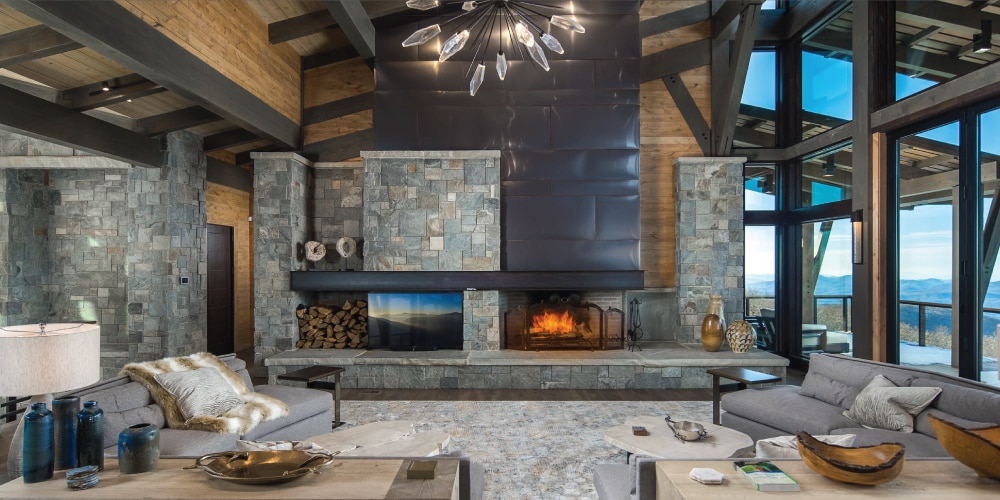Environmental consciousness is closer to center stage than ever before. While we may still have a long way to go, recent innovations have come a long way toward changing the construction industry for the better. Today, we can build responsibly with the central tenets of sustainable construction.
So, what exactly is sustainable construction — and more importantly, how can it be implemented to the benefit of both your next building project and the surrounding environment? In this post, we’ll take you through the ABCs of sustainable construction to give you a better idea of what it looks like on a practical level.
A: Awareness
Perhaps more than anything else, the core philosophy of sustainable construction is one of awareness. This means staying mindful of everything going on with your project and the potential effects every individual piece could have on the environment.
For example, what are the steps in your supply chain? Are your practices waste free in terms of time, resources, and money? All of these things work together to contribute to a greater or lesser effect on both the environment and your budget. In short, it pays to think green.
B: Building Materials
A big part of waste-free building is an intentional selection of building materials. Certain materials are more sustainable than others, whether by maintaining durability (and therefore requiring less future work) or by manufacturing (where a material may recycle or reduce waste). Materials like recycled steel, reclaimed wood, and energy-efficient insulation are great places to start. Ask your local custom builder for help in selecting green building materials.
C: Conservation
In certain ways, conservation is what sustainable construction is all about. It involves conservation of the environment, conservation of energy, conservation of materials, and even conservation of time.
The best part is, on top of contributing to a healthier ecosystem, many of these factors also result in the conservation of money, meaning you can do more with the same budget you’ve established for your build. For one practical way to approach this, ask your builder about water-saving plumbing fixtures for your building.
D: Design
Design is an inextricable and foundational step in the building process. Today’s architects and designers have arrived at innovative strategies to maximize natural light, optimize ventilation, and even harness renewable energy in creative ways such as solar and wind power.
If you’re particularly environmentally conscious (or you just have an affinity for botany), ask your builder about green roofs, which feature vegetation to absorb rainwater and reduce heat gain.
E: Energy Efficiency
On the topic of creative power alternatives, energy efficiency is a primary goal that green construction seeks to achieve. Through the integration of energy-efficient appliances, smart lighting systems, and programmable thermostats, finished green buildings can continue to help the environment long after completion. The result is lower month-to-month bills and a reduced long-term carbon footprint.
F: Future-Proof
Sustainable construction is concerned with the future — both that of your project and the environment around us. Embracing sustainable practices is a means to future-proof your building, your business, your home, and even your life.
Build a Greener Tomorrow With Sustainable Construction
Looking for the perfect team to help you realize your dream project and embrace a greener tomorrow? Here at VPC Builders, that’s exactly what we do. With a long history of responsible building and a vast portfolio of successful green projects, we’re leading the charge to build a better, brighter world, one day at a time.
Learn what sustainable construction has in store for you. Contact VPC Builders today.

